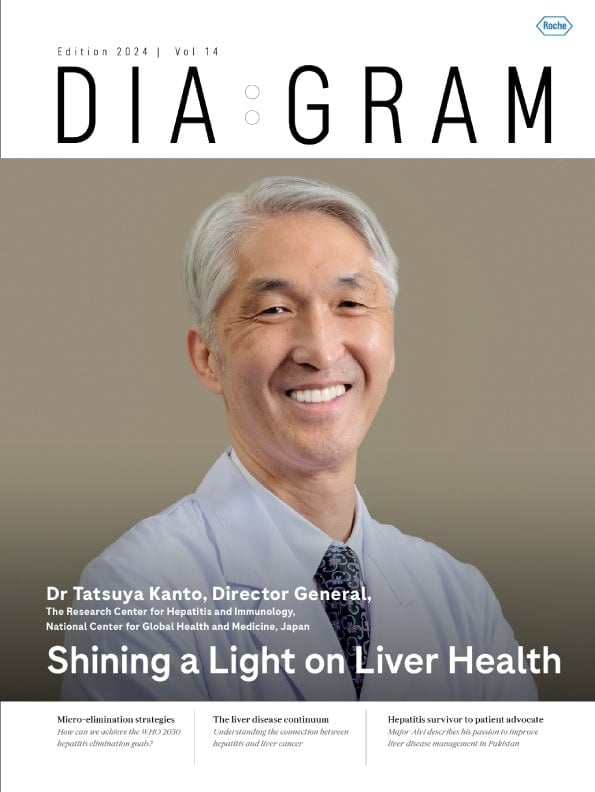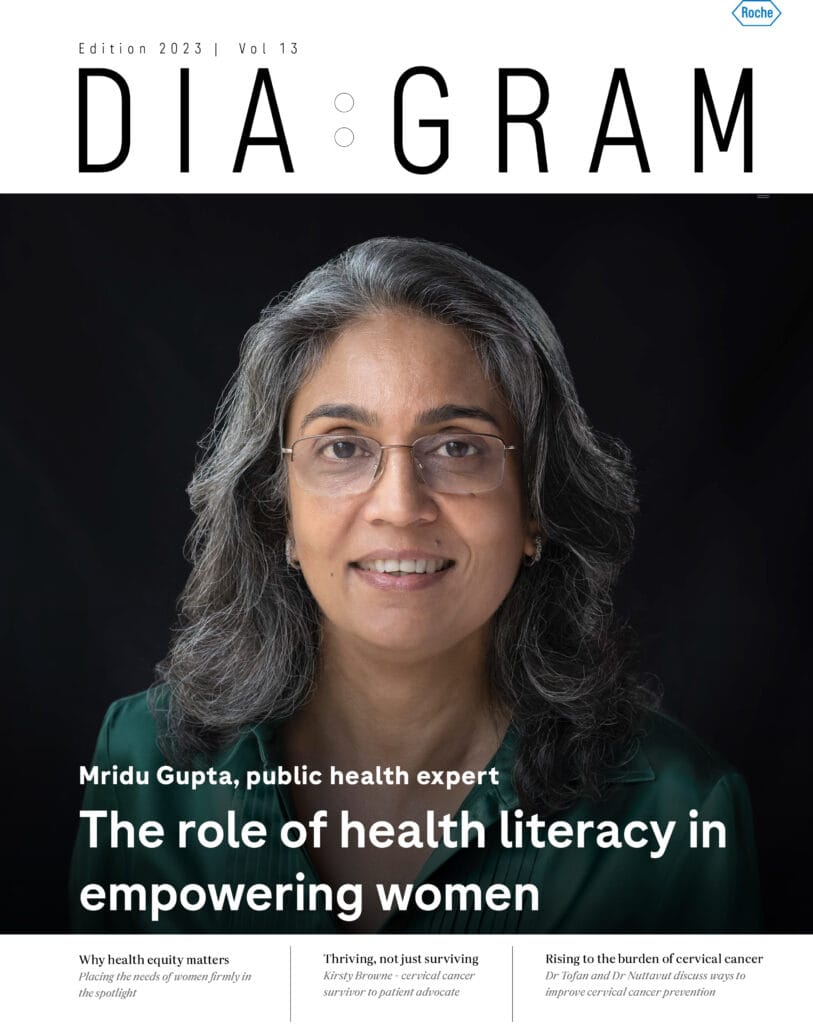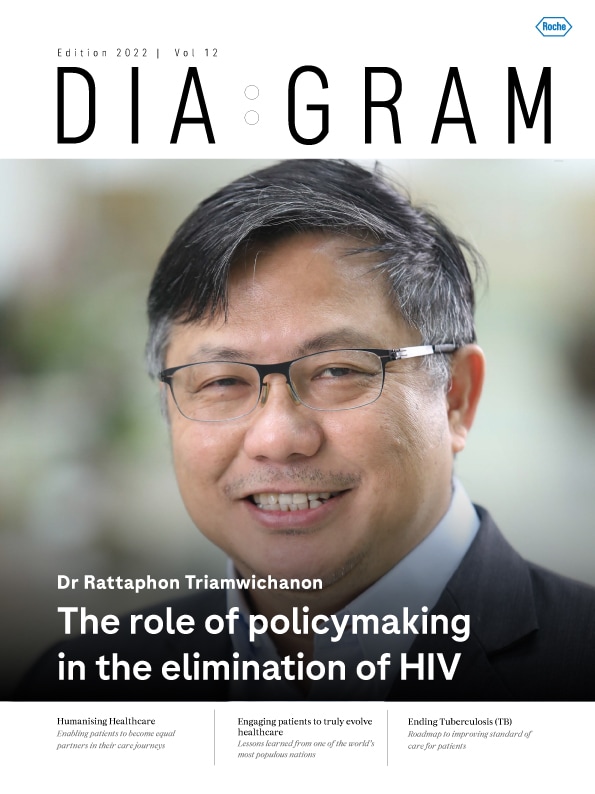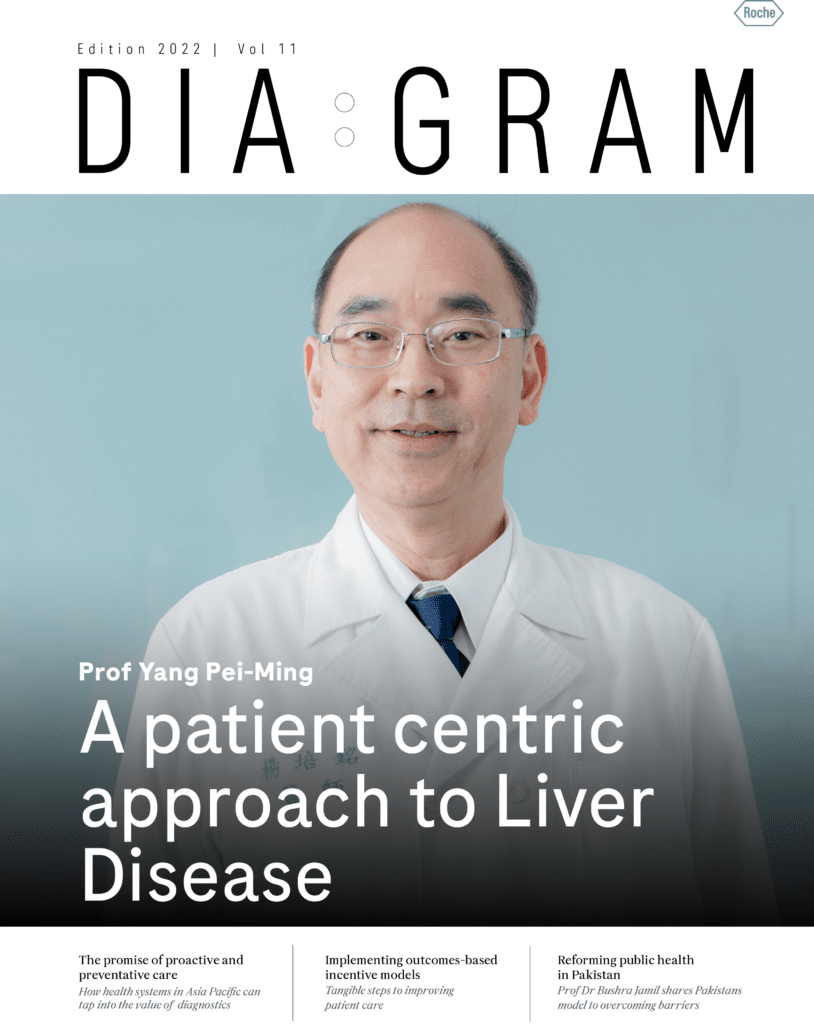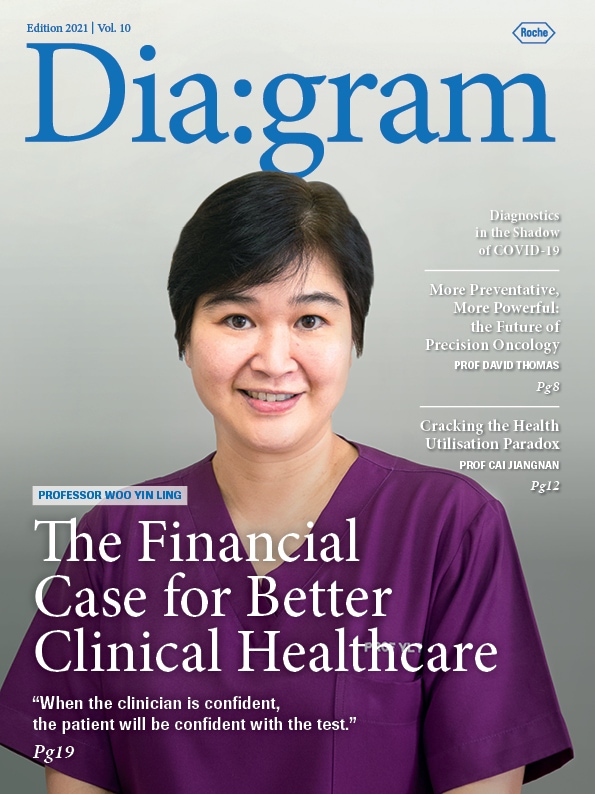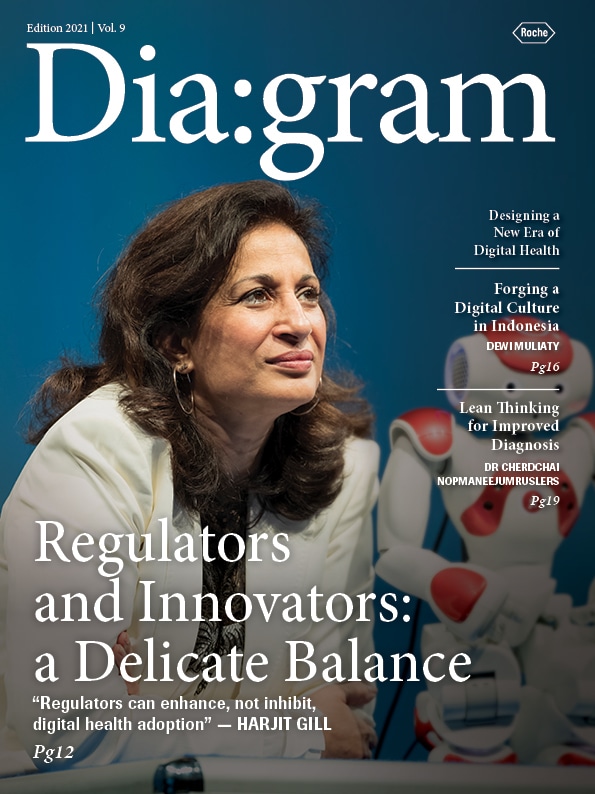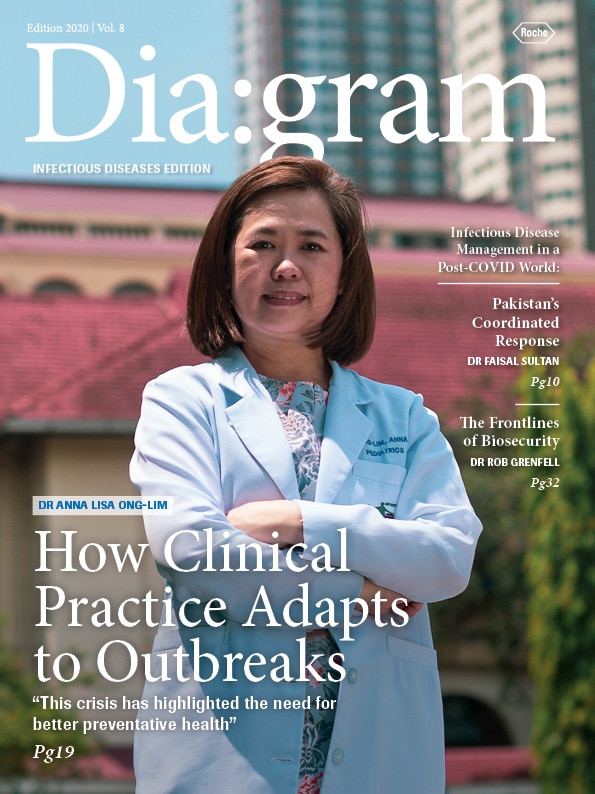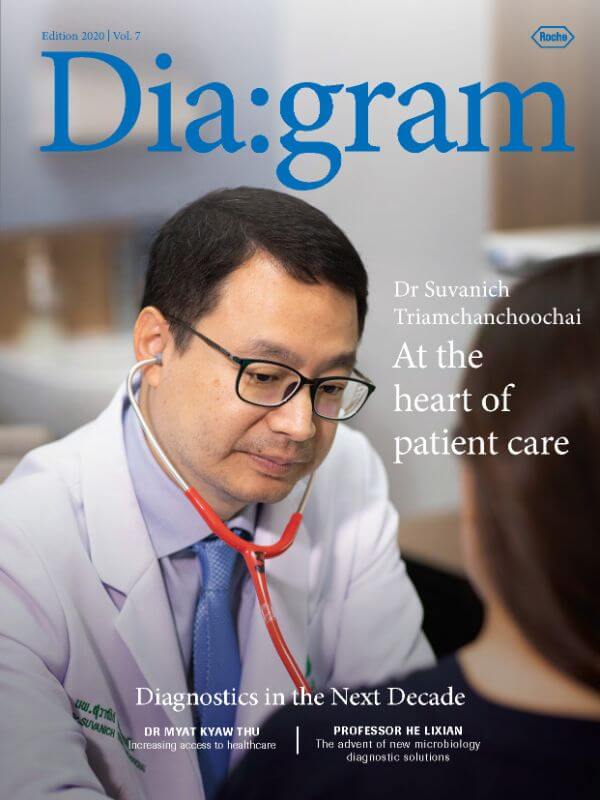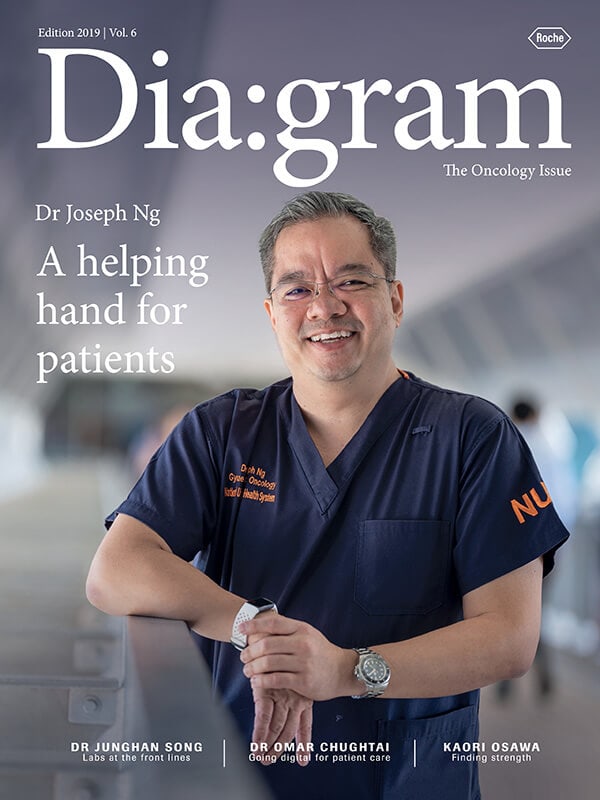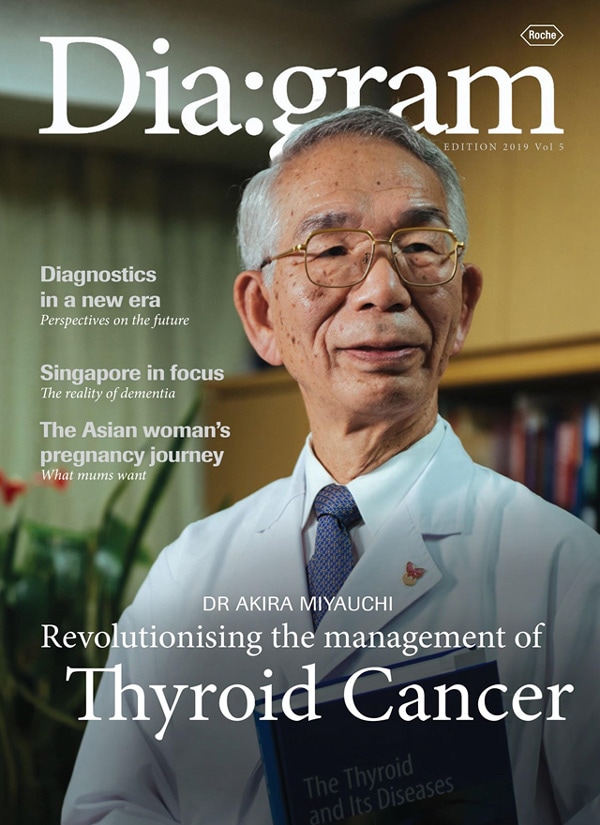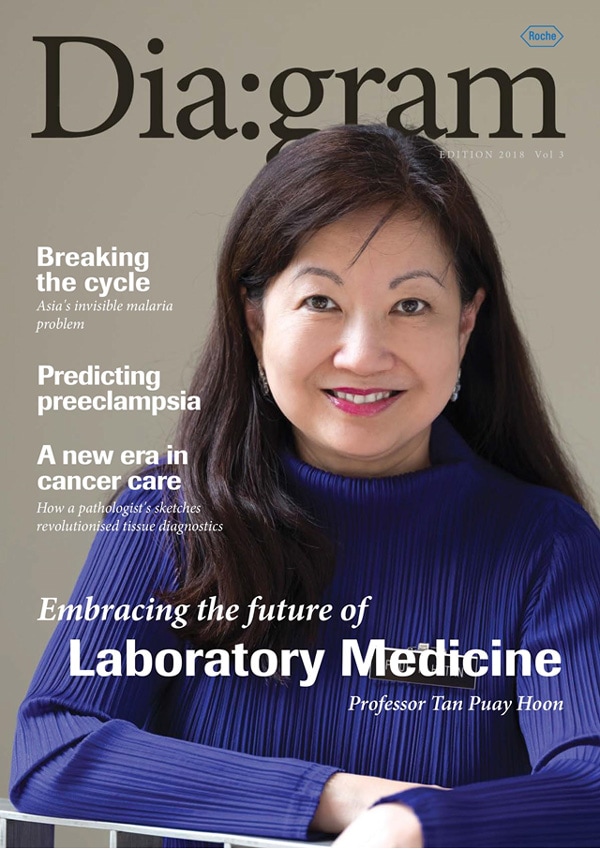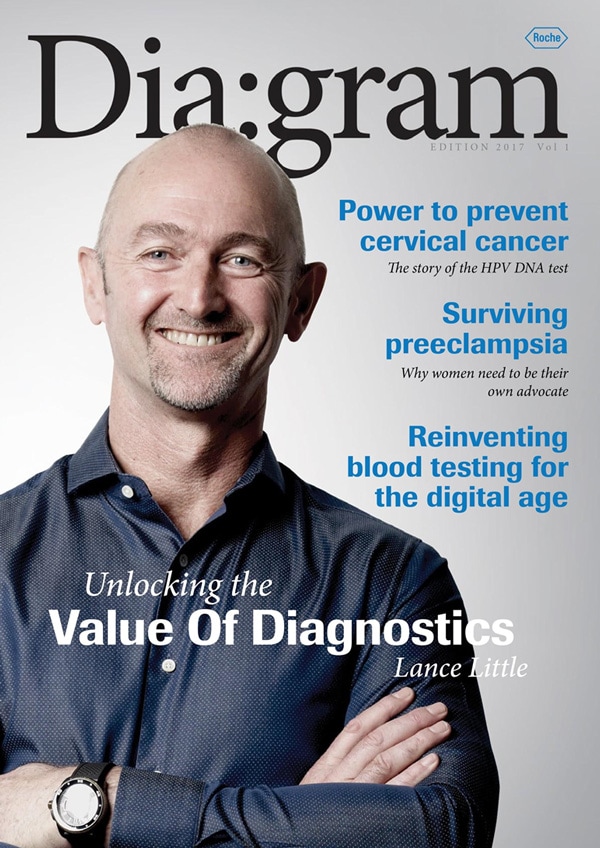What does it mean for a healthcare system to be truly patient-centric? Kevin Kirksey, speaker, author, and former Cardiac Care ICU patient, shares his story and observations from his time in the intensive care unit.

My name is Kevin Kirksey, and I am a former cardiac intensive care unit patient who went through a profound transformation due to my care. As a result, giving back to healthcare has now become my life’s passion and mission. I am not a medical expert. However, I have often been referred to as an ‘expert patient’ because of my personal perspectives, observations, research, and examples of those elements that contribute to helping improve patient experience and achieving what I label the “perfect patient result”.
Healthcare providers can gain deeper insights into what they do, why they matter, and the profound difference they can make with patients and their loved ones, beyond just the healthcare setting. My experiences, when I was in the hospital, led me to believe that a perfect patient result can be accomplished, independent of the patient outcome. What does this mean? Well first, consider these three parameters when determining patient results:
- Did I have a good experience?
- Will I be returning to this healthcare institution for my future healthcare needs?
- Am I going to be recommending the healthcare institution to others?
In the face of death, I still believe that patient results and patient outcomes need not necessarily be the same. I will never forget how ashamed I felt upon learning that a father passed away on the operating table at the hospital I urged and recommended his family take him to.
I built up the courage to find any combination of words that could adequately describe my guilt and sorrow for their loss. I felt responsible. Their response shocked me. I am told that although their father didn’t make it, they had a tremendous experience at this hospital, and will be returning there for their healthcare needs, and until then, are telling others about their great experience.
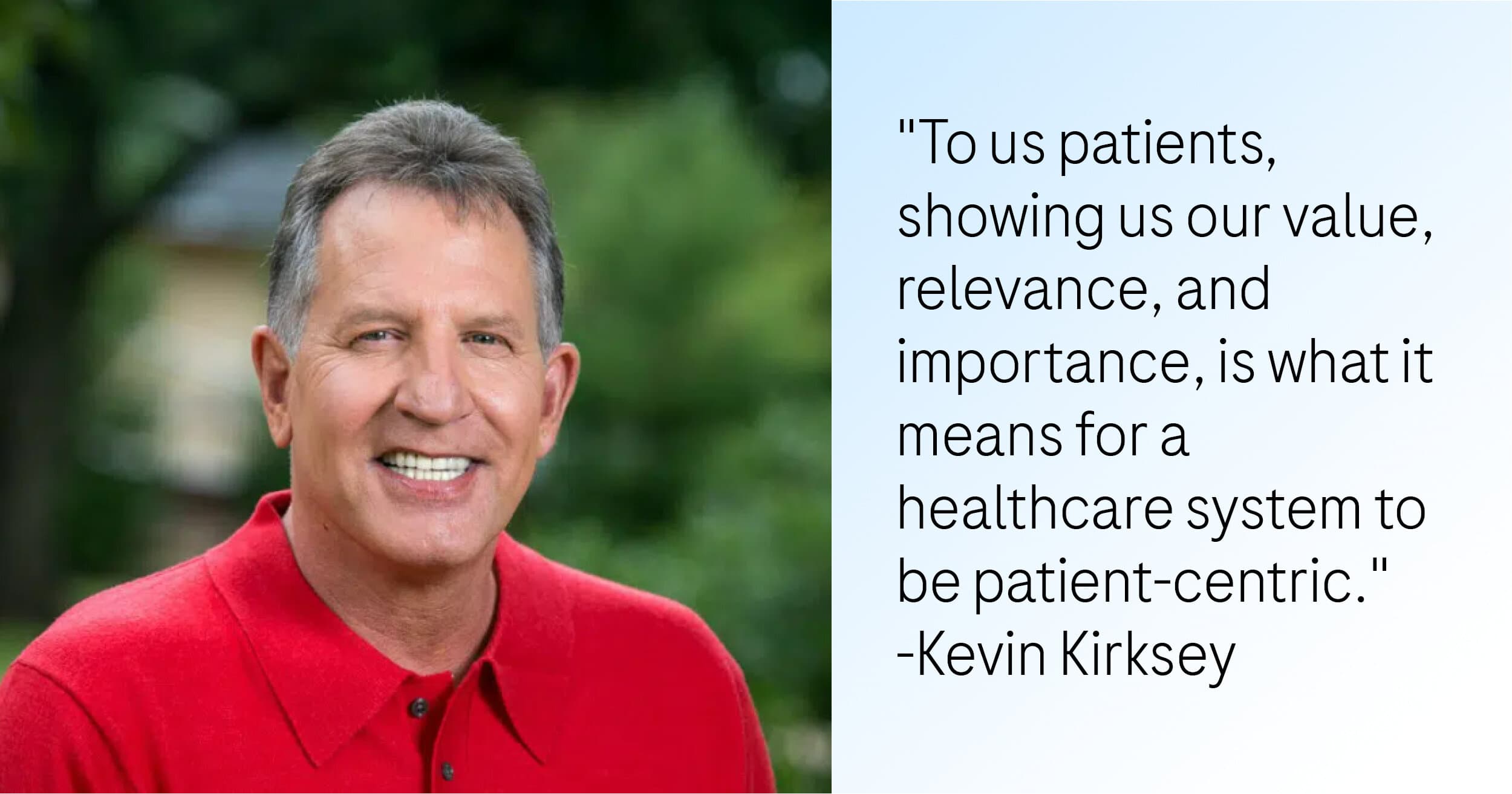
The little things matter
Over the course of my care, I witnessed first-hand and made note of over 120 observations that clinical and non-clinical professionals have done not only for me, the patient. From the scheduling staffer that moved appointments around to ensure I could get my diagnostic tests scheduled as soon as possible to allay my anxiousness, to my cardiologist who prioritised my case and found me a world-class surgeon when he could have just as easily handed it off to another and let me wait and wade through our healthcare system. Countless other instances with people from the admissions desk to the nursing station left me feeling like I was a human being to them, and not just another name to cross off a lengthy checklist.
The warmth I received ever since my first day of being under their care gave me the strength and motivation to recover. It also led me to realise that I wanted to become a form of medicine for the very people who provide such services. Their attitudes and approaches to care gave me the inspiration to live a new life – or Life 2.0 as I call it.
There is a great deal of clinical work being done in the science of healthcare. Sadly, I do not find an equivalent amount of energy focused on the impact of how medical staff, with or without direct patient contact, can create a pathway to improve patient experience and thus create the perfect patient result, independent of the patient outcome.
Across the board, we tend to overlook the role that our non-clinical functions play, including those with no direct patient contact, the patient family and loved ones, and the power to affirm value, relevance, and importance in our patients and each other. These gaps must be closed to stay on the trajectory required to achieve the perfect result. To us patients, showing us our value, relevance and importance, is what it means for a healthcare system to be patient-centric.
This story has been adapted and taken from “The perfect patient result – Why improving patient experience is the key” from Healthcare Transformers. Click here for the original story.

